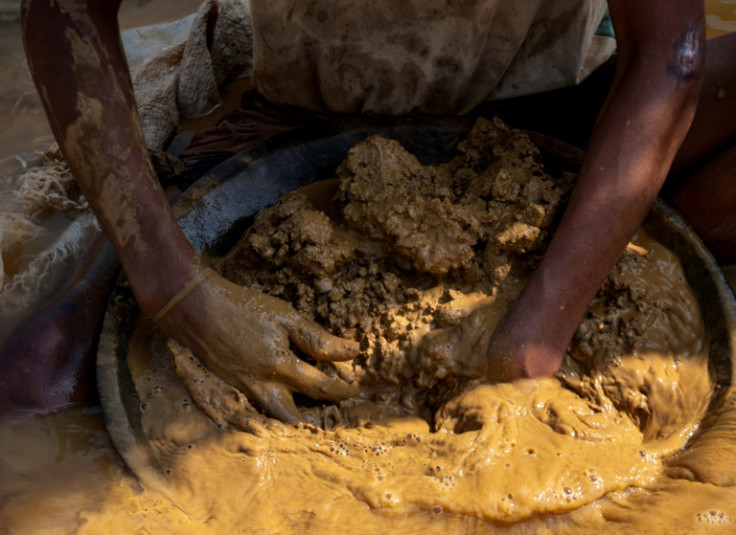
In the shadowy world of Venezuela's illegal mining operations, one group has emerged with alarming power and influence: Tren de Guayana. Allegations suggest that this gang has exploited its connections to President Nicolás Maduro's administration to eliminate rivals and tighten its grip on the lucrative mining state of Bolívar.
Tren de Guayana, which first appeared in 2007 as a street gang in the Vista al Sol neighborhood of San Félix, has transformed over the years into a formidable force in the region. The group has established absolute control over El Callao, a mining town in southern Bolívar celebrated for its rich gold deposits. Yet, the path to dominance was fraught with challenges. For two long years, Tren de Guayana battled the Peru Syndicate, also known as the Toto and Zacarias gang, which had held sway in the area from 2010 to 2022. Competing for the same territory was the R Organization, another criminal entity eager to claim control.
Research from the think tank and media organization InSight Crime indicates that Tren de Guayana's rise in El Callao has been facilitated by strategic alliances with security forces and the Maduro regime, clearing the way for its unchallenged authority in the mining town.
For over six years, El Callao's residents faced extreme violence, including massacres and public threats. The Peru Syndicate's 12-year reign was bolstered by its local roots, which fostered community support. However, a turning point came in 2017 when the Maduro administration initiated security operations targeting the Syndicate, which refused to align with government interests. A soldier stationed in El Callao remarked, "They don't pay taxes to the state," a clear indicator of the gang's defiance against authorities.
As the government escalated its efforts against the Peru Syndicate, the gang responded with ferocity, even releasing videos condemning state actions. Tren de Guayana took advantage of the weakening rival between 2014 and 2019, leading to a surge in violence that earned El Callao the grim title of the most dangerous town in Venezuela, with a staggering homicide rate of 620 per 100,000 residents.
The R Organization also set its sights on El Callao, reigniting its long-standing rivalry with Tren de Guayana in 2021. A truce was ultimately negotiated with the help of the Venezuelan Mining Corporation (CVM), further complicating the landscape of criminal control in the area.
By the end of 2022, the Peru Syndicate faced catastrophic losses, including the capture of its leaders, Eleomar Vargas Vargas (alias "Zacarías") and Alejandro Rafael Ochoa Sequea (alias "Toto"). With their leadership dismantled, the gang was effectively expelled from El Callao.
Since the Peru Syndicate's exit, miners in El Callao report a significant decline in violence. "The group who used to have control here was very dangerous," one miner recounted. "Whoever did not pay was killed." He recalled the previous regime, noting that bullets used to fly by like fireworks. Many locals echoed this sentiment, attributing the relative calm to Tren de Guayana's control, which reportedly operates in collaboration with the CVM.
However, Tren de Guayana demands a "tax" or extortion fee from workers to maintain its operations. One miner mentioned to InSight Crime that some of this money likely finds its way to the government. While allegations suggest Tren de Guayana coordinates with state forces, concrete evidence remains elusive.
Tren de Guayana's reach extends beyond El Callao to other strategic areas like Guasipati, where the gang has also taken control. Although the local airport is inactive, it serves as a clandestine airstrip for gold shipments. Locals describe Tren de Guayana as organized, with one former worker noting that the
© 2025 Latin Times. All rights reserved. Do not reproduce without permission.


